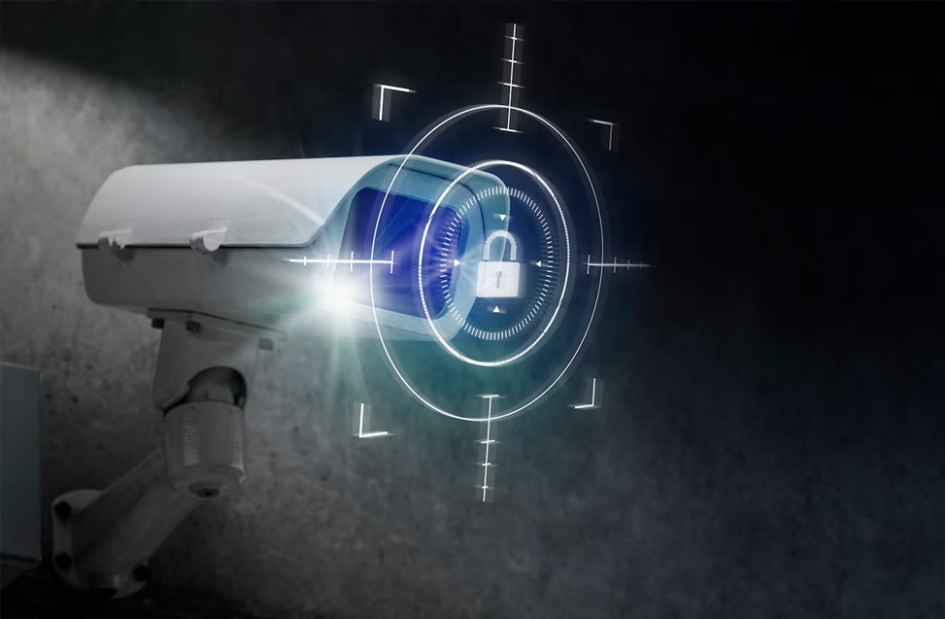Introduction
Security cameras play a crucial role in deterring criminal activity and providing evidence in case of a break-in. With various types of cameras available and an array of features to choose from, selecting the right camera and placement for optimal home surveillance can be challenging. This article offers insights into the different types of security cameras, essential features to consider, and tips for proper camera placement.
Types of Security Cameras
- Dome Cameras: Dome cameras feature a dome-shaped housing and are typically mounted on ceilings. They offer a discreet appearance and are suitable for both indoor and outdoor use. Dome cameras often come with vandal-resistant features, making them a popular choice for public areas.
- Bullet Cameras: Bullet cameras have a cylindrical shape and are typically mounted on walls. They are best suited for outdoor use and offer a more visible deterrent to potential intruders. Bullet cameras often come with weatherproof housings for protection against the elements.
- PTZ (Pan-Tilt-Zoom) Cameras: PTZ cameras offer remote-controlled pan, tilt, and zoom functionality, allowing for flexible and wide area coverage. These cameras are ideal for monitoring large spaces, such as backyards or parking lots.
- Wireless IP Cameras: Wireless IP cameras transmit video signals over Wi-Fi, making installation easier and more flexible. They can be accessed remotely through smartphones, tablets, or computers, allowing for real-time monitoring and control.
- Hidden Cameras: Hidden cameras are designed to blend in with their surroundings and are often disguised as everyday objects. They can be useful for covert surveillance but may have legal implications depending on local regulations.
Features to Consider
- Resolution: Higher resolution cameras offer more detailed images, making it easier to identify intruders or license plate numbers. Look for cameras with at least 1080p resolution for clear and detailed images.
- Night Vision: Night vision capabilities are essential for monitoring your home during low-light conditions. Consider cameras with infrared (IR) LEDs for effective night vision, and ensure the camera’s range is suitable for your needs.
- Motion Detection: Cameras with motion detection can send alerts or start recording when movement is detected. This feature can save storage space and battery life while ensuring you only capture relevant footage.
- Field of View: The field of view refers to the area a camera can cover. A wider field of view can capture more area but may result in lower image quality. Choose a camera with an appropriate field of view for your specific surveillance needs.
- Weather Resistance: For outdoor cameras, weather resistance is crucial. Look for cameras with an IP rating of at least IP66 to ensure protection against dust and water.
Placement Tips for Optimal Home Surveillance
- Cover Entry Points: Place cameras near front and back doors, windows, and garage entrances to monitor potential entry points.
- Monitor High-Traffic Areas: Install cameras in high-traffic areas, such as hallways and living rooms, to capture activity within your home.
- Opt for Elevated Positions: Position cameras at a higher vantage point to capture a broader view and make it more challenging for intruders to tamper with the camera.
- Avoid Direct Sunlight: Place outdoor cameras in a shaded area or use sun shields to prevent glare and overheating from direct sunlight.
- Ensure Proper Lighting: Ensure the camera’s field of view is well-lit to capture clear images. Use supplementary lighting or choose cameras with low-light capabilities for darker areas.
Conclusion
Choosing the right security camera and optimal placement is essential for effective home surveillance. By understanding the different types of cameras, considering essential features, and following placement tips, you can create a comprehensive surveillance system that keeps your home safe and secure.
